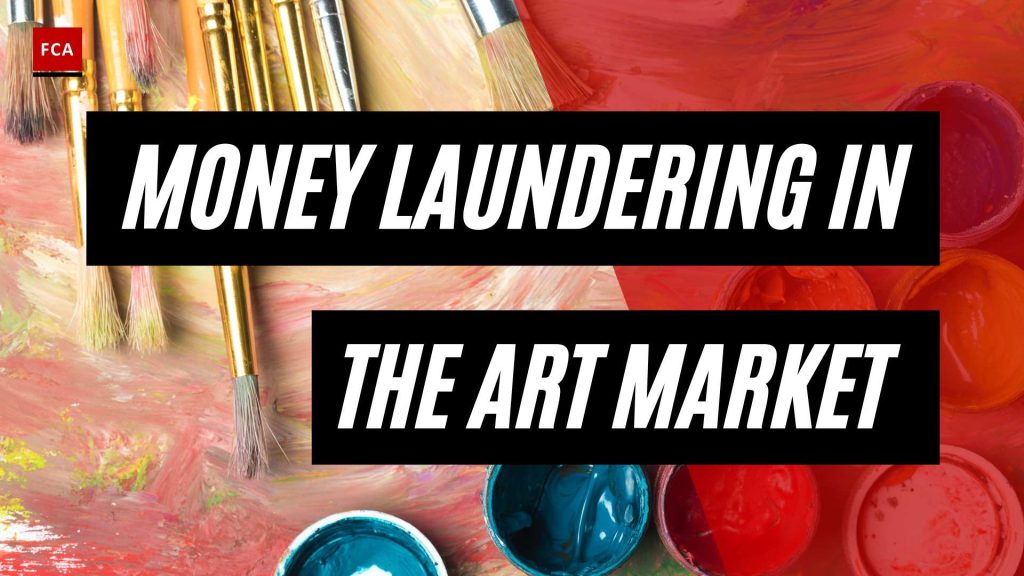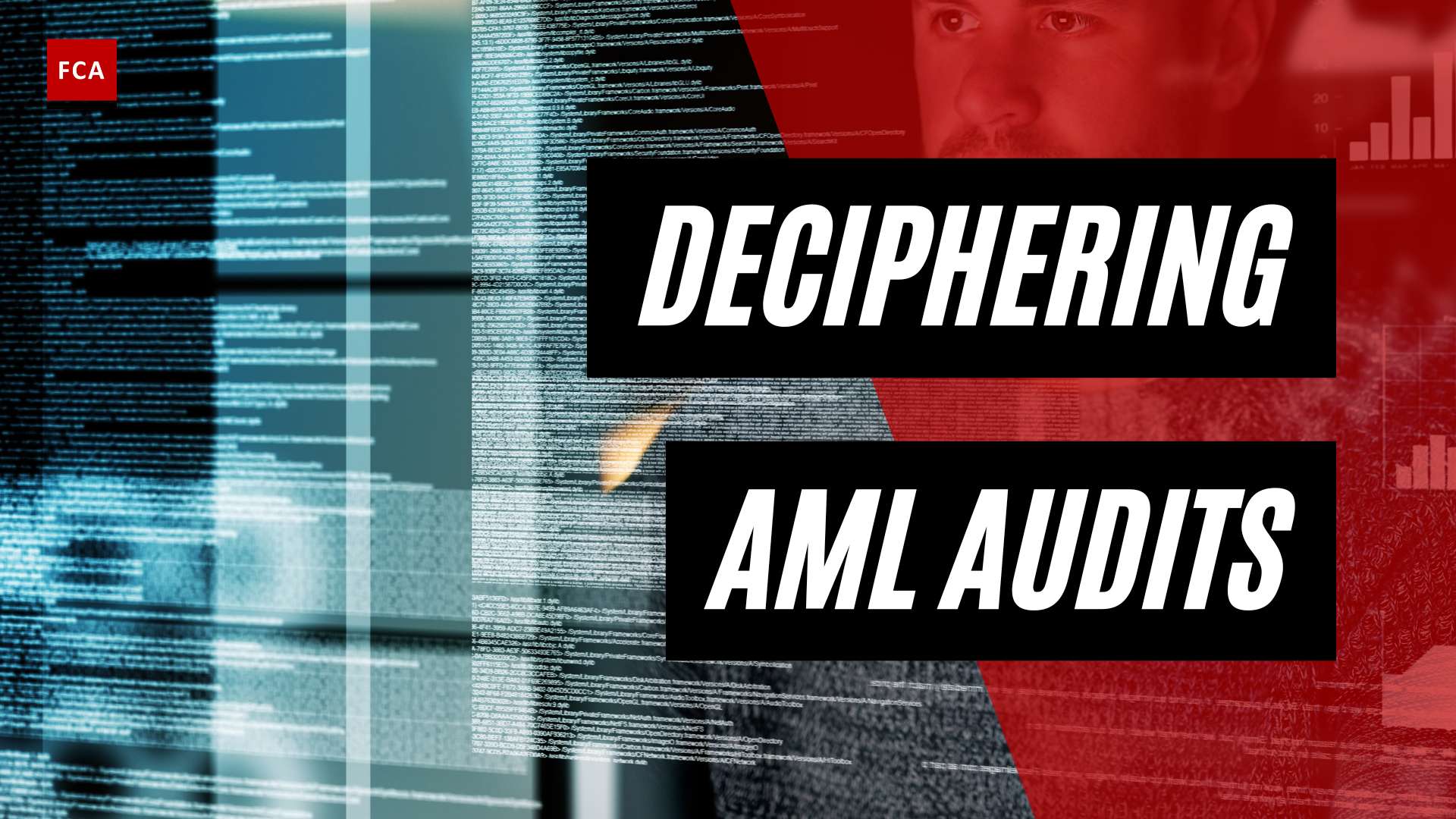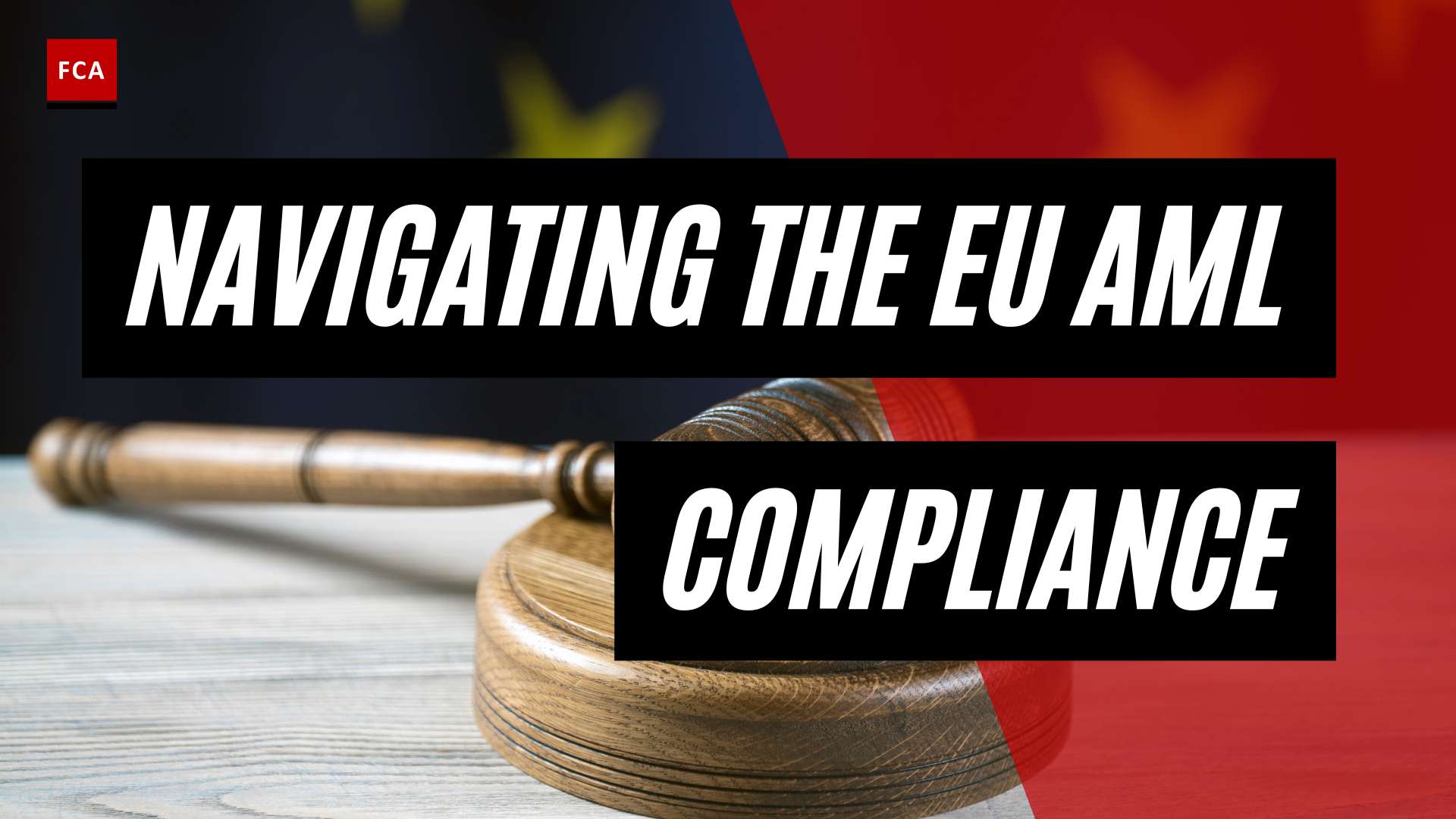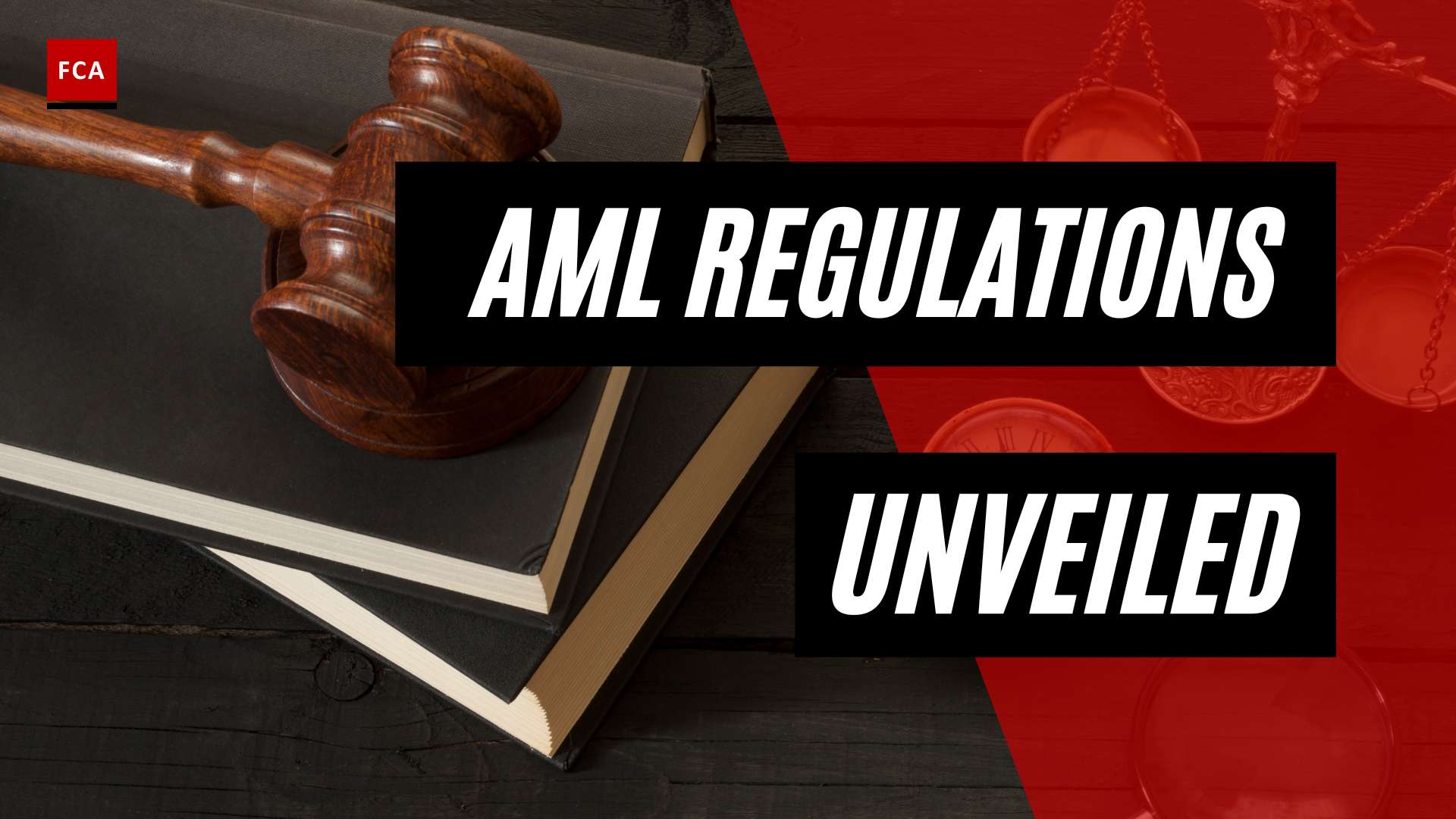Money Laundering in the Art Market
Money laundering in the art market is a significant issue that poses challenges for regulatory bodies and law enforcement agencies worldwide. Understanding the scope of money laundering in the art market and the size of the global art market provides valuable insights into the complexities of this illicit activity.
Overview of Money Laundering in the Art Market
The art market has become an attractive avenue for money laundering due to its accommodation of anonymous high-dollar transactions and large cash deals. Criminals exploit the lack of regulation and oversight in the art world, making it difficult to trace the origins of funds and identify illicit activities. The lack of a centralized database in the art market also contributes to the challenge of detecting and preventing money laundering activities.
According to the United Nations Office on Drugs and Crime (UNODC), the art market was estimated to be worth $100 billion annually, making up 0.58% of the estimated $17.6 trillion in global illicit financial flows in 2011. This highlights the significant scale of money laundering in the art market. Additionally, the global art market grew from $441 billion in 2022 to $579 billion in 2023, with Asia-Pacific being the largest single region, further highlighting the potential for misuse for money laundering activities (ComplyAdvantage).
Size and Growth of the Global Art Market
The global art market plays a significant role in the economy, attracting both legitimate transactions and illicit activities. At the end of 2018, the legitimate art market was estimated to be worth $67.4 billion worldwide (IMF Finance & Development). The market encompasses various segments, including auctions, private sales, galleries, and online platforms.
The size and growth of the global art market create opportunities for money laundering. The increase in value provides an avenue for criminals to exploit subjective and manipulated prices, enabling them to “legitimize” their illicit money by purchasing artworks at inflated prices and subsequently selling them back at lower prices to convert the proceeds into clean assets. The lack of financial reporting requirements and regulation in the art market further enhances the vulnerabilities to money laundering activities.
Understanding the scale and growth of the global art market is crucial in comprehending the magnitude of money laundering activities within this industry. Efforts to combat money laundering in the art market require comprehensive regulations, enhanced due diligence, and collaboration between authorities and the art industry.
Regulations and Legislation
To combat the issue of money laundering in the art market, various regulatory measures and legislation have been implemented globally. These measures aim to increase transparency, enhance due diligence, and prevent illicit financial activities within the art market. Let’s explore some key regulations and legislation that have been put in place.
The US Anti-Money Laundering Act of 2020
The US Anti-Money Laundering Act of 2020 (AMLA 2020) has introduced significant changes to combat money laundering within the art market. Under this act, antiquities businesses are required to identify beneficial owners, adopt appropriate compliance policies, and conduct audits of their recordkeeping and compliance measures. By implementing these measures, the act aims to enhance transparency and mitigate the risks associated with money laundering in the art market.
The European Union’s Sixth Anti-Money Laundering Directive
The European Union’s Sixth Anti-Money Laundering Directive (6AMLD) has brought about important changes to anti-money laundering (AML) regulations in the art market. The directive makes AML screening and customer due diligence (CDD) compulsory for all participants in the art market. It also provides for harsher penalties in case of violations. The objective is to strengthen AML measures, increase transparency, and prevent money laundering activities within the art market.
Money Laundering Regulations in the UK
In the United Kingdom, art market participants involved in sales, purchases, and/or storage of works of art valued at 10,000 euros or more are subject to anti-money laundering obligations under the Money Laundering Regulations 2017. These obligations include registering with HMRC, conducting training for staff, and reporting suspicions. The aim of these regulations is to ensure that art market participants comply with AML requirements and contribute to the prevention of money laundering activities.
To address the vulnerabilities and risks associated with money laundering in the art market, proposed regulations in the United States and the European Union strive to close regulatory loopholes. If implemented, these regulations would require art businesses to establish AML programs, maintain records of cash purchases, report suspicious activities, and conduct due diligence on clients (IMF Finance & Development).
By enforcing these regulations and legislation, authorities aim to strengthen AML controls, promote transparency, and combat money laundering in the art market. It is important for art market participants to familiarize themselves with the specific requirements and obligations set forth by these regulations to ensure compliance and contribute to the integrity of the art market.
Vulnerabilities in the Art Market
The art market is an attractive target for money laundering due to several vulnerabilities that exist within the industry. Understanding these vulnerabilities is essential in combatting money laundering activities in the art market.
Factors Contributing to Money Laundering in the Art Market
There are several factors that contribute to the susceptibility of the art market to money laundering. These factors include:
-
Lack of Regulation: The art market is generally not subject to the same stringent anti-money laundering (AML) regulations as other financial institutions, creating regulatory gaps and making it more susceptible to money laundering activities. This lack of regulation allows for anonymity and provides opportunities for illicit funds to be concealed within the art market.
-
Confidentiality and Anonymity: The lack of a centralized database in the art market allows for anonymity in transactions, making it harder to trace money laundering activities in this sector. Confidentiality and anonymity create an environment where illicit funds can be moved through the purchase and sale of artworks without raising suspicion.
-
High-Value Artwork as Collateral: High-value artwork is sometimes used as collateral in fraudulent transactions to move money across borders, obscuring the source of funds and the identities of the parties involved in the transactions. This allows money launderers to exploit the value and liquidity of art as a means to legitimize their illicit funds.
Anonymity and Lack of Regulation
The lack of regulation in the art market creates an environment where anonymity can thrive. Art dealers and brokers are generally not subject to the same stringent AML regulations as other financial institutions, leaving regulatory gaps and making the art market more susceptible to money laundering activities (Deloitte). This lack of regulation allows for anonymous high-dollar transactions and large cash deals, providing an attractive avenue for individuals seeking to launder money.
The absence of mandatory reporting requirements, such as filing suspicious activity reports and disclosing the names of buyers and sellers, further contributes to the anonymity and lack of transparency in the art market. Unlike banks and other industries, the art market remains unregulated in terms of financial reporting requirements (IMF Finance & Development). This lack of oversight hinders the detection and prevention of money laundering activities within the industry.
High-Value Artwork as Collateral
Art’s high value and status as a luxury asset make it an attractive vehicle for money laundering. Criminals may use high-value artwork as collateral in fraudulent transactions to move illicit funds across borders and obscure their origins (Deloitte). By leveraging the value and liquidity of art, money launderers can legitimize their illicit funds and convert them into seemingly legitimate assets.
The subjective and manipulated nature of art prices also contributes to the potential for money laundering. Criminals may buy artworks at inflated prices, using the art to “legitimize” their illicit funds, and then sell the artworks back at a lower price to convert the proceeds into clean assets (IMF Finance & Development). This process helps to create a paper trail that obscures the true nature and source of the funds.
Addressing the vulnerabilities in the art market is crucial in combating money laundering activities. Strengthening regulations, enhancing transparency, and promoting collaboration between authorities and the art industry are essential steps in preventing the art market from being exploited for illicit financial activities. By implementing robust AML programs and compliance measures, the art market can work towards creating a more secure and transparent environment.
Notable Cases of Money Laundering in the Art Market
The art market has witnessed various notable cases of money laundering, highlighting the vulnerabilities within the industry. Understanding these cases is crucial in the ongoing efforts to combat illicit activities and strengthen regulations.
Smuggling and Undervaluing Artwork
One method of money laundering in the art market involves smuggling and undervaluing artwork. In 2016, a prominent case emerged when a banker smuggled several paintings from Brazil into the United States. To evade customs checks, one painting worth $8 million was undervalued on the shipment invoice at only $100. This allowed the artwork to bypass scrutiny and enter the country unnoticed, facilitating the laundering of funds.
Exploiting Regulatory Loopholes
Regulatory loopholes provide opportunities for money laundering in the art market. In a significant case, two sanctioned Russian billionaires exploited these loopholes within the U.S. art market. Despite being forbidden from any financial operations in the United States, they traded on the art market and laundered $18.4 million. This case exposed the need for stricter regulations and enhanced compliance measures to prevent such illicit activities (Sumsub Blog).
Transition to NFT Marketplaces
As the traditional art sector faces increased regulation in many countries, money launderers have started shifting their focus to NFT (Non-Fungible Token) marketplaces. NFTs lack comprehensive regulation in most countries, making them an attractive avenue for illicit activities. This transition emphasizes the importance of developing robust anti-money laundering (AML) programs within NFT businesses to prevent money laundering and protect the integrity of the art market (Sumsub Blog).
These notable cases shed light on the evolving strategies employed by money launderers within the art market. The industry must remain vigilant, adapting regulations and compliance measures to stay ahead of illicit activities. Collaboration between authorities and the art industry is crucial in addressing these challenges and safeguarding the integrity of the art market.
For more information on AML regulations and compliance measures for the art market, refer to our articles on aml compliance for art dealers, art market and aml regulations, luxury goods and aml requirements, aml policies for art galleries, aml regulations for auction houses, aml controls for luxury brands, aml regulations for high-end jewelry, and aml guidelines for antique dealers.
Addressing Money Laundering in the Art Market
To combat the issue of money laundering in the art market, it is crucial to implement effective measures that deter illicit activities and promote transparency. Here are three key strategies for addressing money laundering in the art market:
AML Programs for NFT Businesses
As of 2023, some money launderers have shifted their focus to the NFT (Non-Fungible Token) marketplaces, taking advantage of the lack of regulation in most countries (Sumsub Blog). To counter this emerging trend, NFT businesses must develop robust anti-money laundering (AML) programs. These programs should include thorough customer due diligence, transaction monitoring, and suspicious activity reporting measures. By implementing comprehensive AML controls, NFT businesses can mitigate the risk of money laundering and protect the integrity of the art market.
Strengthening Regulations and Compliance Measures
Regulatory frameworks play a crucial role in combating money laundering in the art market. Governments and regulatory bodies have taken steps to introduce and enhance existing AML regulations to close regulatory loopholes and increase transparency. For example, the US Anti-Money Laundering Act of 2020 (AMLA 2020) now requires antiquities businesses to identify beneficial owners, adopt appropriate compliance policies, and conduct audits of their recordkeeping and compliance measures to combat money laundering within the art market. Similarly, the European Union’s Sixth Anti-Money Laundering Directive (6AMLD) has made AML screening and customer due diligence compulsory for all participants in the art market, with harsher penalties for violations (ComplyAdvantage). In the UK, art market participants dealing with high-value works of art are subject to anti-money laundering obligations under the Money Laundering Regulations 2017, including registration, staff training, and reporting suspicious activity (ComplyAdvantage). These regulations are designed to bolster compliance measures, enhance due diligence practices, and ensure that the art market operates with accountability and integrity.
Collaboration between Authorities and Art Industry
Addressing money laundering in the art market requires a collaborative effort between authorities and the art industry. Close cooperation between law enforcement agencies, regulatory bodies, financial institutions, and art market participants is essential to effectively detect and prevent money laundering activities. By sharing intelligence, exchanging best practices, and fostering information-sharing networks, stakeholders can identify emerging risks and devise targeted strategies to combat money laundering. Collaboration also enables the development of guidelines, training programs, and resources that enhance the knowledge and awareness of industry professionals regarding AML practices.
By implementing comprehensive AML programs, strengthening regulations, and fostering collaboration between authorities and the art industry, we can work towards combating money laundering in the art market. These efforts aim to safeguard the integrity of the art market, protect against illicit financial activities, and promote transparency and accountability within the industry.
Exploring Straighteners for Curly Hair
The art market has long been a target for money launderers, drawn to its loose regulation, private transactions, and subjective pricing. The underground art market, which includes thefts, fakes, illegal imports, and organized looting, is estimated to bring in as much as $6 billion annually, with approximately $3 billion linked to money laundering and other financial crimes. Understanding the vulnerabilities and mechanisms involved is crucial in addressing this issue effectively.
Smuggling and Undervaluing Artwork
Money launderers often employ methods such as smuggling and undervaluing artwork to disguise the illicit origins of their funds. Criminals may purchase artworks at inflated prices, using the art as a means to “legitimize” their illicit money. They can then sell the artworks back at a lower price, effectively converting the proceeds into clean assets. This process allows them to integrate their illegal funds into the legitimate art market, making it difficult to trace the original source of the money.
Exploiting Regulatory Loopholes
One of the significant challenges in combating money laundering in the art market is the lack of comprehensive regulation. Unlike banks and other industries, auction houses and art sellers are not obligated to report large cash transactions or disclose the identities of buyers and sellers. Additionally, they are not required to file suspicious activity reports when they have doubts about the origins of the funds they receive. This lack of financial reporting requirements creates a regulatory loophole that money launderers can exploit.
Transition to NFT Marketplaces
With the rise of Non-Fungible Tokens (NFTs) and digital art, money launderers are finding new avenues to exploit. The decentralized nature of NFT marketplaces, coupled with the relative anonymity of transactions, presents challenges in terms of tracing the flow of funds and verifying the legitimacy of the assets being traded. As this emerging market continues to evolve, it is crucial for regulators and authorities to stay vigilant and adapt their anti-money laundering (AML) measures accordingly.
To address the issue of money laundering in the art market, various measures can be taken:
AML Programs for NFT Businesses
As NFTs gain popularity in the art world, businesses operating in this space should implement robust AML programs. This includes conducting thorough due diligence on clients, monitoring transactions for suspicious activity, and reporting any concerns to the appropriate authorities. By proactively addressing potential risks, NFT businesses can help mitigate money laundering activities.
Strengthening Regulations and Compliance Measures
Regulators and lawmakers should work towards closing the regulatory loopholes in the art market. Proposed regulations in the United States and the European Union aim to establish stricter requirements for art businesses, including the establishment of AML programs, record-keeping for cash purchases, reporting of suspicious activity, and conducting due diligence on clients. These measures would enhance transparency and accountability within the art market, making it more difficult for money launderers to exploit its vulnerabilities.
Collaboration between Authorities and Art Industry
Collaboration between law enforcement agencies, regulatory bodies, and the art industry is crucial in combating money laundering. Sharing information and expertise can help identify suspicious patterns, investigate cases, and develop effective preventive measures. By fostering these partnerships, authorities and the art industry can work together to protect the integrity of the art market and prevent it from being exploited for illicit financial activities.
Addressing money laundering in the art market requires a multifaceted approach that encompasses regulatory reforms, enhanced compliance measures, and increased cooperation between stakeholders. By implementing these strategies, the art market can strive towards greater transparency, integrity, and accountability, protecting both the industry and the broader financial system.








